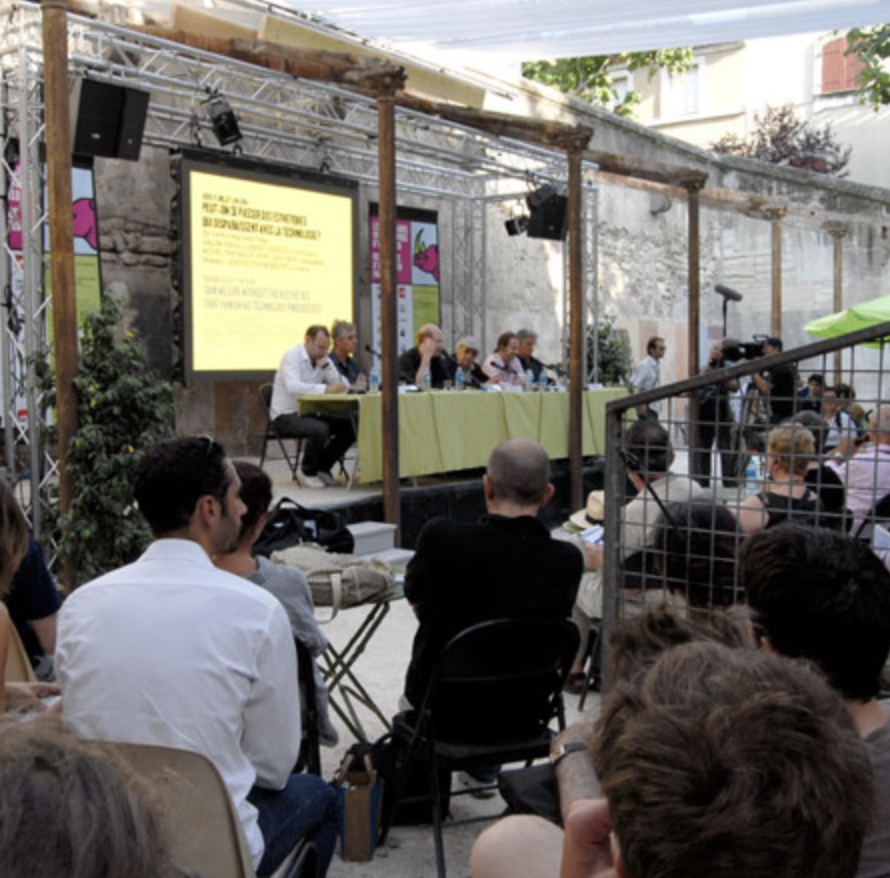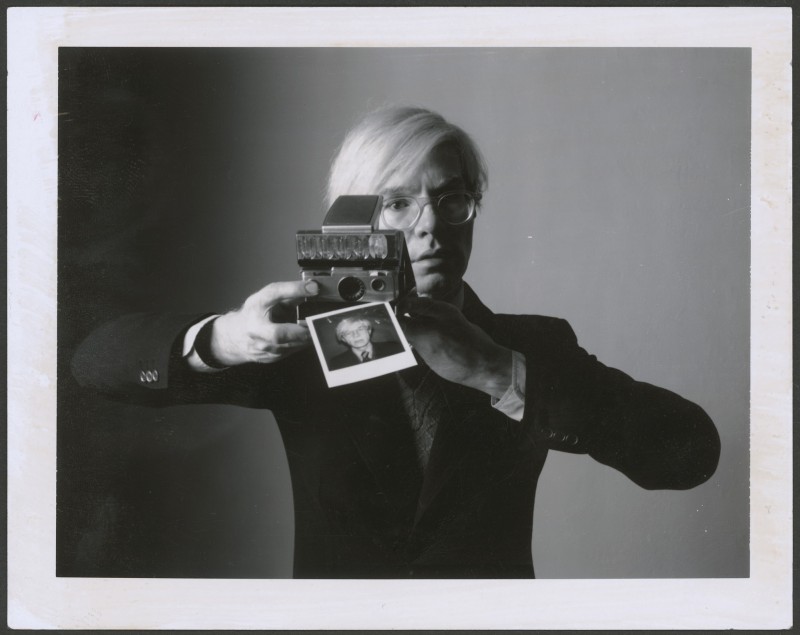Edition 2010
Shoot!
Existential photography
In the years following World War I, a curious attraction made its appearance in fun fairs and amusement parks: the photo-shooting gallery. When the customer hit the bull’s-eye, he triggered a camera that caught him in action instantly; and instead of a bag of candy, a balloon or a teddy bear, he won a portrait of himself firing. The metaphorical charge of the activity is unmistakable, the system being founded on a strange confrontation between shooting and photography—twin practices, as their sharing of terms like aim, shoot and reload indicates. Yet out of this duel to the death there emerges an image; and contemplating his portrait afterwards, the winner in turn finds himself in the firing line. Now he’s shooting at himself. In all probability the designers of the device had gambled on the customer’s urge to gun down his ego via the image, on the tempting notion of a duel against yourself, the excitement of being your own executioner and the thrill of self-destruction—just to see what it’s like. Those fun-fair photos of Jean-Paul Sartre in action suggest that the author of Being and Nothingness got a real kick out of this diversion, and for good reason: didn’t it offer an unparalleled opportunity for combining photographic embodiment with symbolic annihilation—an iconically existential form of photography?
Shoot! Existential Photography retraces the history of the photo- shooting phenomenon in both vernacular and artistic terms, with the exhibition bringing together some very handsome examples from various private collections. Here Erik Kessels presents the extraordinary series of portraits by Ria van Dijk, who from 1936 onwards had herself regularly photographed in shooting galleries. And in addition to Jean-Paul Sartre and Simone de Beauvoir, we see Paul Eluard, Jean Cocteau, Federico Fellini, François Truffaut, Robert Delpire, Gilles Deleuze and Juliette Gréco, not to mention some of the 20th century’s great photo- graphers: Man Ray and Lee Miller, Henri Cartier-Bresson, Brassaï and Robert Frank. For some years now young artists like Sylvia Balhause and Emilie Pitoiset have shown a fascination with the device and the disturbing, quasi-sculptural spatial relation it sets up between shooter, target-image and watcher. Others, like Christian Marclay, Oscar Bony, Patrick Zachmann and Agnès Geoffray are more interested in the vio- lence of the gesture: to make or see an image is always to risk putting yourself in the firing line. All of them, of course, are part of the tradition in which the gunshot creates the work, as inaugurated by Niki de Saint Phalle in the early 1960s and carried on today by Jean-François Lecourt and the Swiss artist Rudolf Steiner, from the duo ‘Haus am Gern’. The exhibition is rounded off by a reconstruction of an authentic photo- shooting gallery, where the visitor can taste for himself the strange pleasure of shooting his portrait.
Clément Chéroux, exhibition curator
Exhibition produced in association with the Museum für Photographie, Braunschweig, Germany, where it will be shown
from 7 October—14 November 2010.
Photo-shooting gallery designed and built by Martin Becka and Maximilien Roy, with the support of Olympus.
Framing of some images by Circad, Paris.
Projections by Olivier Koechlin and Valéry Faidherbe. Exhibition venue: Atelier de Maintenance, Parc des Ateliers.
In the years following World War I, a curious attraction made its appearance in fun fairs and amusement parks: the photo-shooting gallery. When the customer hit the bull’s-eye, he triggered a camera that caught him in action instantly; and instead of a bag of candy, a balloon or a teddy bear, he won a portrait of himself firing. The metaphorical charge of the activity is unmistakable, the system being founded on a strange confrontation between shooting and photography—twin practices, as their sharing of terms like aim, shoot and reload indicates. Yet out of this duel to the death there emerges an image; and contemplating his portrait afterwards, the winner in turn finds himself in the firing line. Now he’s shooting at himself. In all probability the designers of the device had gambled on the customer’s urge to gun down his ego via the image, on the tempting notion of a duel against yourself, the excitement of being your own executioner and the thrill of self-destruction—just to see what it’s like. Those fun-fair photos of Jean-Paul Sartre in action suggest that the author of Being and Nothingness got a real kick out of this diversion, and for good reason: didn’t it offer an unparalleled opportunity for combining photographic embodiment with symbolic annihilation—an iconically existential form of photography? Shoot! Existential Photography retraces the history of the photo-shooting phenomenon in both vernacular and artistic terms, with the exhibition bringing together some very handsome examples from various private collections. Here Erik Kessels presents the extraordinary series of portraits by Ria van Dijk, who from 1936 onwards had herself regularly photographed in shooting galleries. And in addition to Jean-Paul Sartre and Simone de Beauvoir, we see Paul Eluard, Jean Cocteau, Federico Fellini, François Truffaut, Robert Delpire, Gilles Deleuze and Juliette Gréco, not to mention some of the 20th century’s great photo- graphers: Man Ray and Lee Miller, Henri Cartier-Bresson, Brassaï and Robert Frank. For some years now young artists like Sylvia Balhause and Emilie Pitoiset have shown a fascination with the device and the disturbing, quasi-sculptural spatial relation it sets up between shooter, target-image and watcher. Others, like Christian Marclay, Oscar Bony, Patrick Zachmann and Agnès Geoffray are more interested in the vio- lence of the gesture: to make or see an image is always to risk putting yourself in the firing line. All of them, of course, are part of the tradition in which the gunshot creates the work, as inaugurated by Niki de Saint Phalle in the early 1960s and carried on today by Jean-François Lecourt and the Swiss artist Rudolf Steiner, from the duo ‘Haus am Gern’. The exhibition is rounded off by a reconstruction of an authentic photo-shooting gallery, where the visitor can taste for himself the strange pleasure of shooting his portrait.Clément Chéroux, exhibition curator
Exhibition produced in association with the Museum für Photographie, Braunschweig, Germany, where it will be shownfrom 7 October—14 November 2010.
Photo-shooting gallery designed and built by Martin Becka and Maximilien Roy, with the support of Olympus.
Framing of some images by Circad, Paris.
Projections by Olivier Koechlin and Valéry Faidherbe.
Exhibition venue: Atelier de Maintenance, Parc des Ateliers.











